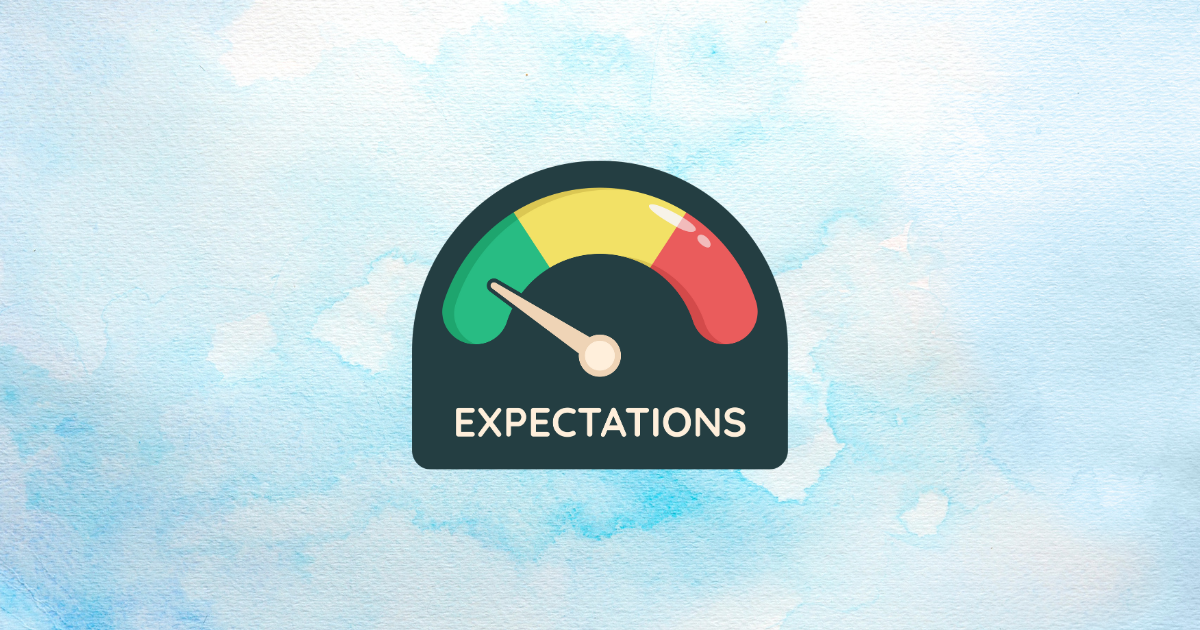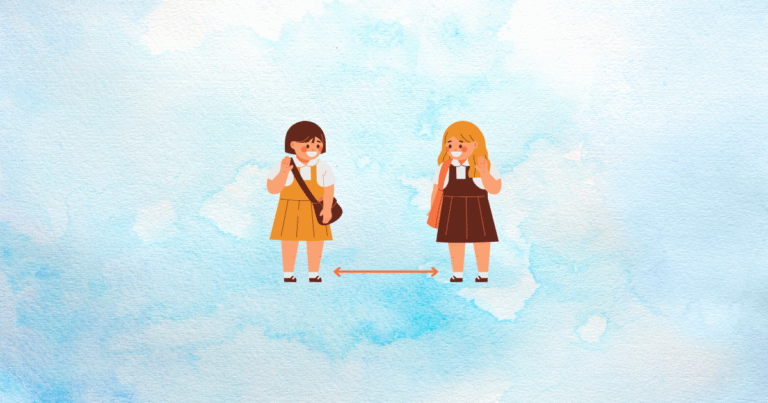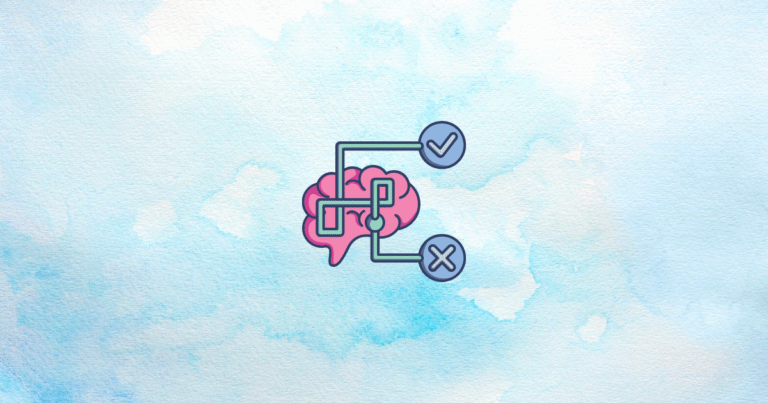Have you ever noticed how, if someone believes you can succeed, you start believing it yourself — and often do better? That’s the “Pygmalion Effect” in action. In this article, we’ll explore how high expectations can shape not just personal performance but also customer behavior and sales outcomes. Ready to see how a little faith in your audience can lead to big results? Let’s go!
In this section: We’ll define the Pygmalion Effect in its historical and psychological context, and see why it’s become a powerful tool in modern marketing. You’ll learn how setting positive expectations can transform both employees and customers into higher performers.
Definition and Historical Context
The term “Pygmalion Effect” comes from the Greek myth of Pygmalion, a sculptor who fell in love with his statue, only to see it come to life. In modern psychology, this refers to *how high expectations placed on an individual (or group) can lead to improved performance*. Robert Rosenthal and Lenore Jacobson made it famous in their 1968 study “Pygmalion in the Classroom,” finding that students performed better when teachers *believed* they would excel. Over time, these ideas spread from education to the business world, where a simple expression of confidence can elevate sales reps, teams, or even entire organizations.
Psychological Foundations
At its core, the Pygmalion Effect is a *self-fulfilling prophecy*. When someone is expected to do well, they often internalize this confidence, which shapes their behavior and focus. The phenomenon has *cognitive and emotional* elements: cognitively, a person might pay more attention and work harder; emotionally, they feel more confident and motivated. Neurologically, trust and expectancy can spur dopamine release, reinforcing the effort-performance cycle. It’s distinct from the *Golem Effect* (negative expectations producing lower performance) or the *Hawthorne Effect* (people changing behavior because they’re observed), though they share the idea that external perceptions can shape behavior.
Relevance to Modern Marketing and Customer Relationships
So how does the Pygmalion Effect influence marketing and sales? Today’s consumers respond positively when brands *assume* they’re intelligent, capable, or part of an exclusive community. By communicating these beliefs, marketers can empower customers to engage more deeply or spend more confidently. From e-commerce to service-based businesses, leveraging the Pygmalion Effect can *boost conversions*, differentiate your brand, and nurture loyalty — all by setting elevated expectations about what your customers can achieve or enjoy.
You’ve got the basics. Next, let’s dive deeper into the psychological mechanics behind these transformations, from how we perceive others’ expectations to the specific emotional triggers that motivate us to perform better.
Psychological Mechanisms of the Pygmalion Effect
In this section: We’ll break down how expectations change our perception, why we adapt our behavior to match them, and how emotions like confidence or anxiety weave into the process. Understanding these mechanisms helps you apply Pygmalion techniques skillfully.
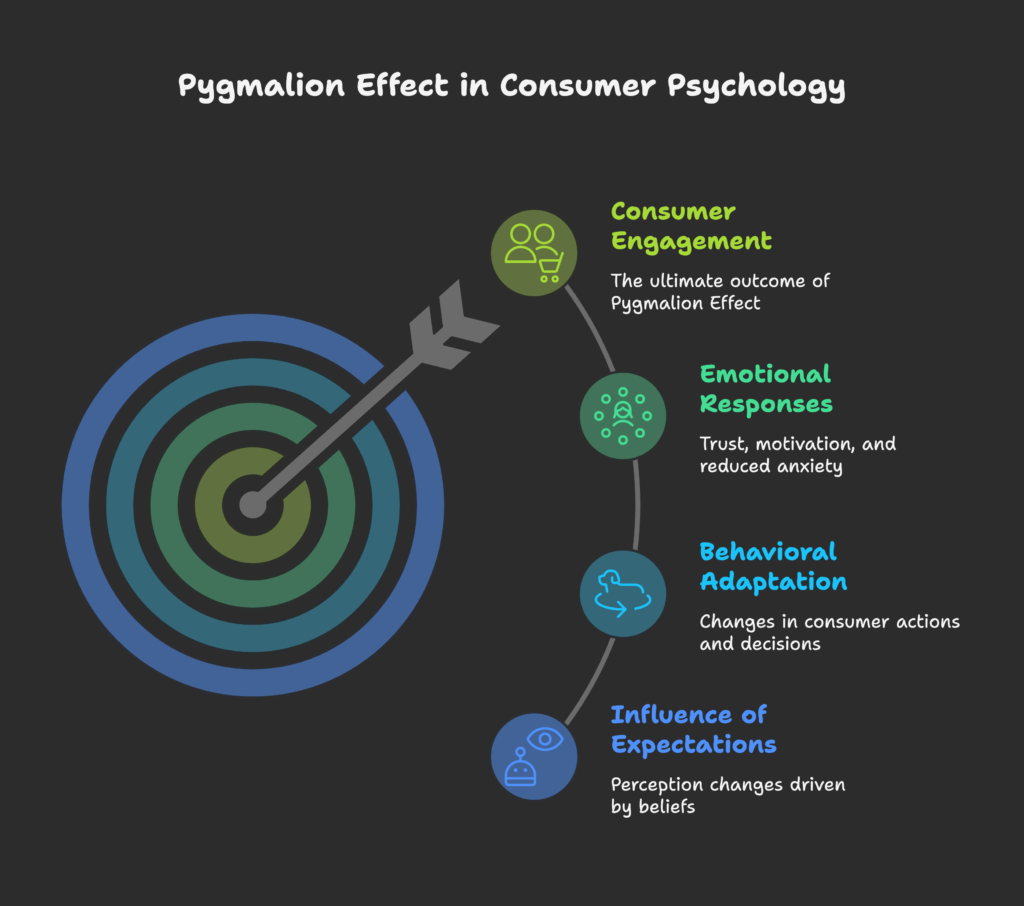
How Expectations Influence Perception
- Confirmation Bias: When others expect a positive outcome from you, you tend to seek evidence that supports it. In a marketing context, if customers feel a brand believes they’re “savvy,” they may interpret product details more favorably.
- Selective Attention: Consumers focus on messages that match the brand’s high expectations. They might ignore negative reviews or contradictory info if it conflicts with the “you’re informed, you’re choosing the best” narrative.
- Cognitive Consistency: Once your brand’s messaging frames the customer as “smart,” they want to remain consistent with that portrayal, often resulting in a purchase or sign-up to validate the brand’s belief.
Behavioral Adaptation to Expectations
People internalize external beliefs about their competence. If a brand or salesperson genuinely conveys, “We believe you can handle these advanced features” or “You seem like someone who appreciates quality,” customers are likelier to engage, exploring the product thoroughly. They may work harder to understand benefits or justify a bigger spend. This *self-concept shift* can raise confidence and lead to better decisions, both for them and for your sales metrics.
Emotional Responses to Expectation Setting
- Trust Growth: Positive expectations from a brand or sales rep foster an environment of trust. The user feels respected and recognized.
- Anxiety Reduction: Instead of second-guessing, the customer experiences less fear of making a poor choice, as they believe they’re capable of picking the right option.
- Enhanced Motivation: Feeling valued or “up to the challenge” can increase excitement about the purchase, fueling brand engagement.
In short, belief in a customer’s competence or desire to achieve sets off a motivational cycle, fueling confidence and a willingness to commit to the brand’s offering.
Now, let’s connect these ideas directly to consumer psychology: how do Pygmalion-driven expectations shift customers’ self-view and decision patterns?
The Pygmalion Effect in Customer Psychology
In this section: We’ll see how brand messages cultivate a consumer’s self-perception, influence the decision-making process, and vary by culture. We’ll see how customers who feel “esteemed” buy more and remain loyal longer.
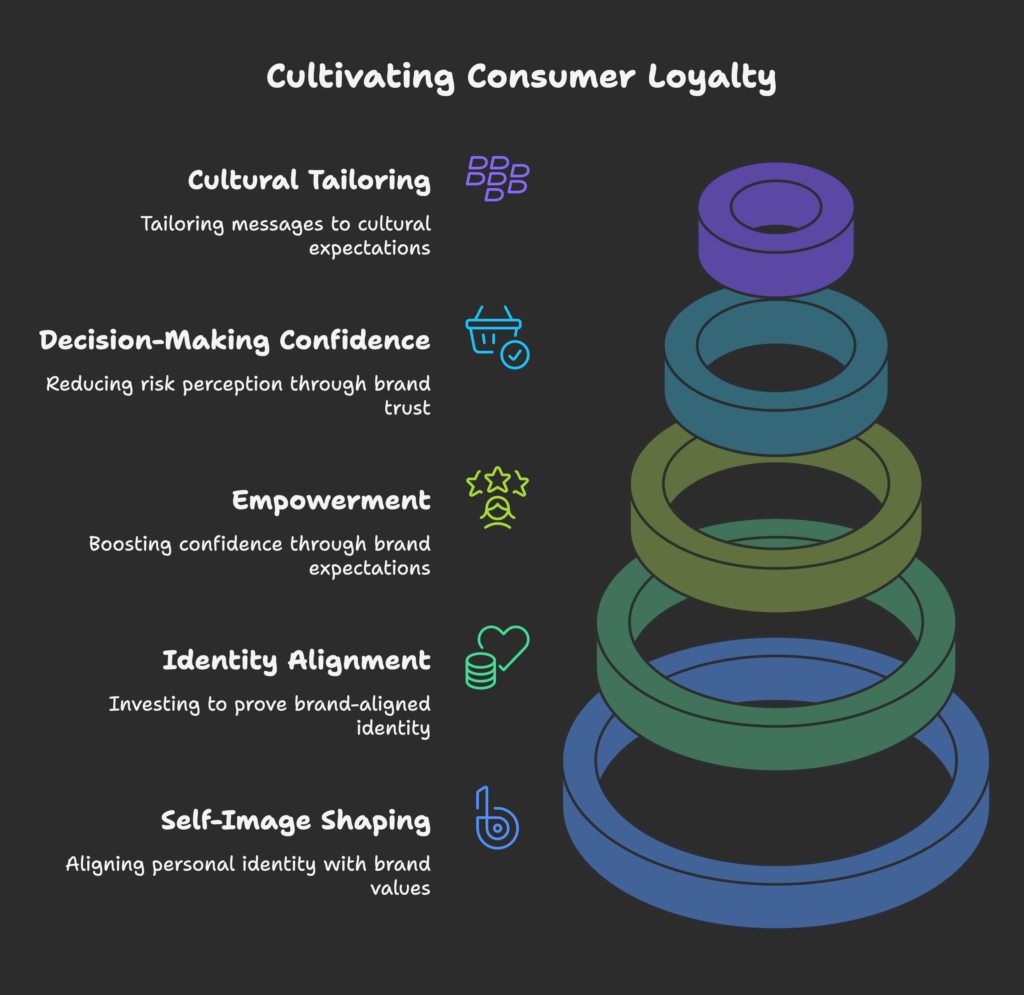
Customer Self-Perception and Brand Interaction
- Self-Image Shaping: When a brand’s ads say “Our product is for innovators like you,” customers can adopt that identity, aligning themselves with the brand’s values.
- Identity Alignment: If people believe a brand sees them as sophisticated or adventurous, they invest time and money to “prove” it. This fosters loyalty.
- Empowerment: Brands that encourage learning or skill development (e.g., tutorials, advanced features) communicate high expectations, boosting confidence and brand love.
Customer Decision-Making Processes
When customers sense that a brand *trusts* them to make good decisions, they approach the purchase more confidently. *Risk perception* falls because the brand’s high expectations feel like an endorsement of the user’s ability to choose well. This can create a synergy: the brand sets a positive stage, the customer invests psychologically, and they exit the process more satisfied, reducing post-purchase doubts. Essentially, they buy because they don’t want to let themselves or the brand down.
Cross-Cultural Variations in Expectation Response
*Collectivist cultures* (e.g., parts of Asia) often respond strongly to authority or group-based expectations, so a brand message appealing to communal pride can be powerful. *Individualist cultures* (like the US) might embrace messages of personal success and growth. Understanding these nuances helps marketers tailor the “we believe in you” approach. Overstepping, however, or misreading cultural cues can cause the opposite effect: suspicion or disinterest.
We’ve established how it works. Next, we’ll jump into practical marketing strategies to incorporate the Pygmalion Effect in brand communications and customer journeys.
Implementing the Pygmalion Effect in Marketing Strategy
In this section: We’ll outline how to design brand messages that set positive expectations, shape the customer journey to reinforce them, and leverage digital channels so your audience feels recognized and capable from the get-go.
Brand Communication Frameworks
- Supportive Messaging: Use phrases like “We know you can master this,” “Ideal for ambitious people,” or “For customers ready to level up.”
- Consistent Visuals: Imagery that depicts empowered, confident users can reflect the brand’s high expectations of its customers.
- Unified Tone: Keep tone and language positive across ads, social posts, product pages, and emails. A mismatch can ruin the effect.
Customer Journey Expectation Design
Structure your funnel to *continuously affirm* the customer’s ability. For instance:
- Pre-Purchase: Headlines asserting “You deserve the best. Let’s get it.” signals you believe in them as savvy shoppers.
- Purchase Experience: A streamlined, respectful checkout (no dumbed-down instructions) fosters the sense that they can handle complexity if needed.
- Post-Purchase: Reinforce, “Great choice! You’re on track to accomplish [goal], and we’re here to help if you have questions.” This positive closure cements the brand-customer bond.
Digital and Social Media Applications
- Online Interaction: Encouraging user-generated content that shows them using or improving with your product fosters a sense they’re rising to brand-set expectations.
- Social Proof: Share success stories of similar customers. This normalizes the idea that “people like me do well with this brand.”
- Community Building: Online forums, groups, or challenges let customers see each other’s progress, reinforcing the brand’s shared high regard for everyone’s potential.
In each channel, the overarching theme remains: you are capable, you can do this, and we believe in you wholeheartedly.
Let’s switch focus to direct customer interactions – how sales reps can project a strong belief in the buyer’s capability, and how support teams can maintain that tone, fueling loyalty and cross-sell opportunities.
The Pygmalion Effect in Sales and Customer Service
In this section: We’ll discuss how the Pygmalion Effect shapes face-to-face or phone-based sales interactions, how it can upgrade your customer service approach, and why training your staff is essential.
Sales Interaction Frameworks
- Training Reps: Encourage them to see every prospect as a serious, knowledgeable buyer. The difference shows up in language used: “Based on your expertise, I think you’ll love these advanced features…”
- Verbal & Non-Verbal Cues: Eye contact, enthusiastic tone, and statements like “You clearly know what you want…” all reaffirm the buyer’s competence.
- B2B Settings: Offering data or dashboards that highlight a prospect’s potential ROI fosters confidence that *they are skilled decision-makers*.
Customer Service Excellence Through Pygmalion
In support, staff can greet users in ways that show “You’re not a burden; you can figure this out.” Phrases like “You’ve almost got it—let’s finalize this step!” or “We appreciate you coming prepared” do wonders. This approach also transforms complaint resolution: by treating the customer as a collaborative partner, you help them feel empowered rather than incompetent. They’re more likely to calmly problem-solve with you.
Employee Training for Pygmalion Implementation
- Authentic Belief: Genuine positivity is crucial; forced “smiles” ring hollow. Train staff to see customers and each other as high-potential individuals.
- Tracking Behavior: Evaluate metrics like upsells or satisfaction after reps demonstrate Pygmalion-based language. Share success stories internally to reinforce the approach.
- Continuous Feedback: Role-play scenarios, highlight do’s and don’ts, and keep refining staff understanding of how to convey real confidence in customers.
Curious about real-life successes? Let’s check out how e-commerce, service industries, and B2B setups have used Pygmalion-based expectations to spark big wins.
Case Studies and Success Stories
In this section: We’ll highlight companies that have effectively used the Pygmalion Effect, from ecommerce sites that treat every browser like a connoisseur to service providers who champion their clients’ abilities.
Retail and E-commerce Applications
- High-End Retailers: Luxury brands greeting store visitors with compliments and advice that treat them as discerning, sophisticated buyers, encouraging bigger purchases.
- Online Fashion Retailers: “We can’t wait to see how you style this piece” messaging fosters user creativity and upspends. They feel “the brand thinks I’m stylish, so I’ll buy more.”
- Onboarding Flows: Websites that skip over-simplistic instructions for new users, instead framing them as “savvy shoppers,” often see higher cart completions.
Service Industry Implementations
- Financial Services: Advisors telling clients, “You clearly know how to make strategic moves—let’s refine your plan.” By focusing on the client’s competence, these discussions yield better trust and bigger investments.
- Healthcare Clinics: Encouraging patients to be informed decision-makers fosters adherence to treatments. “We believe you can manage these steps successfully” has shown improved compliance.
- Hospitality: Upscale hotels training staff to greet guests with the assumption they enjoy refined tastes, leading to more add-ons like spa packages or dining experiences.
B2B Relationship Development
Companies that approach prospective clients with “You have a robust vision; we’re ready to support your advanced needs” see higher acceptance rates. *Partners* also deepen relationships when each side conveys high trust in the other’s capabilities. Over time, this synergy fosters repeat contracts, referrals, and stable growth. Data shows that B2B sales can spike when the vendor truly treats the buyer as a knowledgeable partner, not just a potential wallet.
Convinced it’s worth trying? Let’s shift to measuring outcomes—like conversion lifts or NPS improvements—and see how to refine your approach based on real data.
Measuring the Effectiveness of Pygmalion Strategies
In this section: We’ll discuss quantitative ways to see if your Pygmalion-based approach is boosting results, plus qualitative feedback from customers, and the big ROI picture. You want to confirm that these strategies genuinely help, not just look good on paper.
Quantitative Assessment Methodologies
- Conversion Rate Analysis: Compare before-and-after data from implementing Pygmalion-inspired messaging. Look for changes in cart completion, sign-ups, or other final conversions.
- Customer Lifetime Value (CLV): Are Pygmalion-based relationships producing more repeat buys or subscription renewals? Track these financial indicators to see if believing in customers fosters loyalty.
- Engagement Metrics: Email open rates, average session durations, or social shares might rise if your positive messaging resonates.
Qualitative Research Approaches
- Interviews & Surveys: Ask customers about how brand communications made them feel. Did they sense genuine respect for their abilities?
- Focus Groups: Let participants compare “traditional” marketing vs. Pygmalion-based messaging, gauging emotional responses and trust levels.
- Brand Perception Checks: External brand perception studies can confirm if the word is out that “this brand truly values me.”
By combining data and direct feedback, you’ll see how effectively you’re applying high-expectation tactics or if adjustments are needed.
ROI and Business Impact Analysis
Finally, weigh the cost of staff training, new communications, or design changes against the revenue gained from increased conversions and retention. Evaluate if these new approaches can shift organizational culture or if you need more time to see results. Over the long run, a brand recognized for empowering customers will likely reap intangible benefits, such as a strong reputation and enthusiastic referrals.
However, no approach is perfect. Next, we’ll discuss the potential pitfalls and how to ensure you’re not crossing ethical lines or ignoring cultural/gender differences in how customers interpret expectations.
Ethical Considerations and Limitations
In this section: We’ll talk about the line between supportive persuasion and manipulative behavior. We’ll also see how diversity and possible negative outcomes must be accounted for when using the Pygmalion Effect in marketing.
Authenticity and Manipulation Concerns
- Authentic vs. Fake Confidence: If your brand claims “We believe in your advanced design taste” but your products don’t match advanced consumer needs, you’ll lose credibility fast.
- Over-Promising: Setting extremely high expectations that lead to disappointment can boomerang, leaving customers feeling betrayed.
It’s crucial to truly see your customers’ potential, not just pretend you do.
Diversity and Inclusion Considerations
Not all groups respond similarly. Some might suspect flattery, while others might be lifted by encouragement. Cultural differences can alter how acceptance or suspicion arises. Also, watch for hidden biases. For example, if you primarily highlight certain demographics in “success stories,” you might alienate others. The Pygmalion principle should be inclusive, showing all customers that you see them as capable and valued.
Potential Negative Outcomes and Mitigations
- Burnout: Setting overly high bars can stress out or discourage certain audiences who feel they can’t measure up.
- Unmet Promises: If the brand oversells advanced features or personal success, the user might later regret the purchase or lose trust if it’s not straightforward to implement or enjoy.
A thoughtful approach invests in real user support, so the brand’s “We believe in you” matches reality.
So how is this going to evolve? Let’s see the next big things in Pygmalion-based marketing: tech for personalizing expectations, user data, and new consumer demands.
Future Trends and Developments
In this section: We’ll look at upcoming technologies that let businesses tailor expectations to each user, how emergent mediums like VR could amplify these effects, and how shifting consumer awareness shapes the future of Pygmalion strategies.
Technological Advances in Expectation Personalization
- AI-Driven Segmentation: Systems that detect a user’s skill level or purchase history, then automatically calibrate brand messages to express the right level of confidence.
- Data Analytics: Real-time analytics that track how users respond to Pygmalion-based content, refining future interactions for stronger results.
This deeper personalization ensures each customer receives the tailored encouragement they need, neither shallow nor overly intense.
Integration with Emerging Technologies
- Augmented Reality (AR): Let customers “try on” advanced product features in a supportive, encouraging environment, reinforcing their capability to handle them.
- Voice Assistants: Tone of voice and language can convey a brand’s belief in the user’s competence, even in voice-based commerce or support channels.
As technology gets more immersive, the Pygmalion Effect can be more powerfully and intimately delivered.
Evolving Customer Expectations About Expectations
Consumers increasingly spot psychological techniques, so *transparency* becomes vital. They may appreciate a brand that genuinely respects their intelligence and fosters their growth, but they’ll resent manipulative or insincere hype. This calls for a future where positivity and honesty converge. Marketers will need to refine their approach continuously to remain credible in the face of growing consumer sophistication.
Finally, let’s see how to put it all together in an actionable guide, from analyzing your organization’s readiness to weaving Pygmalion strategies into your brand DNA.
Implementation Guide for Organizations
In this section: We’ll provide a structured plan for companies looking to embed Pygmalion-based tactics. From initial evaluations to step-by-step rollout, plus ensuring you maintain these high-expectation methods for the long haul.
Organizational Assessment and Readiness
- Current Communication Analysis: Do your marketing and support channels already convey trust in your customers? Or do you inadvertently talk down to them?
- Capability Gaps: Are staff trained to interact in a confident, uplifting manner? Are your systems flexible enough to adapt content to different skill levels?
- Competitive Benchmarking: See if rivals use Pygmalion tactics. If so, how effectively? Identify your brand’s unique angle to stand out.
Strategic Implementation Roadmap
- Phased Integration: Start small with a pilot program. For instance, revamp messaging on a specific product page to reflect high expectations, measure results, and then expand across all product lines.
- Training & Culture Shift: Ensure internal teams buy in, not only “acting” confident in customers but genuinely believing in them. This fosters consistent messaging across channels.
- Measurement & Adaptation: Track improvements in conversion, NPS, or repeat purchases. Fine-tune your approach if certain demographics respond less strongly.
Long-term Sustainability and Evolution
- Maintain Authentic Belief: Don’t slip into autopilot. Refresh staff training and user feedback loops to keep communication sincere.
- Stay Flexible: As your product lines or audience evolves, so should your approach to setting expectations. Over time, new technologies or marketplace changes can shift how you apply the Pygmalion principle.
- Reinforce with Data: Document successes to show employees the real impact. This cultivates an internal culture that truly values each customer’s potential.
Quick Note: If you’re a Shopify merchant looking to apply the Pygmalion Effect to increase conversions and encourage loyal customers, the Growth Suite application can help. It aligns your brand messaging, encourages staff to champion user capability, and personalizes the entire shopping experience so that each customer feels you believe in their success—driving a more positive, profitable relationship.
References
- Rotshuizen, L. (2018). First Impression Website Attractiveness: A Consumer Neuroscience Approach. University of Twente Student Theses. Link
- Episode 11 Productions. (2025, February 18). The Pygmalion Effect in Marketing Teams. Link
- Radish Agency. (2024, December 23). Top 5 Psychological Marketing Triggers to Utilize in 2025. Link
- Janek. (2024, December 20). Leveraging the Pygmalion Effect to Transform Sales Teams. Link
- Bryan IT. (2024, October 21). Pygmalion Effect: what is it and how to exploit it in marketing. Link
- Forms.app. (2024, August 20). A full guide to the Pygmalion Effect to use in the business. Link
- Janek. (2024, April 30). Leveraging the Pygmalion Effect to Motivate Customers. Link
- Scribbr. (2024, June 26). What Is the Pygmalion Effect? | Definition & Examples. Link
- Mediatool. (2025, March 4). Learn How Marketing Psychology Unlocks Consumer Behavior. Link
- Corporate Finance Institute. (2024, December 2). Self Fulfilling Prophecy – Definition, Examples, Pro and Con. Link
- Wang, X., et al. (2021). Shaping employee green behavior: a multilevel approach with Pygmalion effect. Semantic Scholar. Link
- Cao, R., et al. (2022). The Impact of Hotel Customer Engagement and Service Evaluation on Customer Behavior Intention: The Mediating Effect of Brand Trust. PMC. Link

